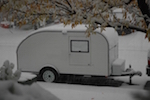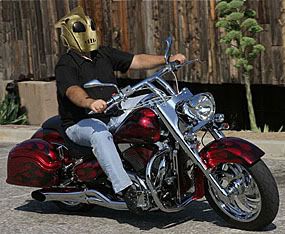outer covering
14 posts
• Page 1 of 1
outer covering
i see alot of td's covered in aluimun and epoxy can you use masonite or somthing like it???
- medic7830
- Teardrop Inspector
- Posts: 5
- Joined: Wed Sep 20, 2006 10:39 pm
- Location: ft worth tx
I think we have determined that Masonite would break down if it got wet and would not be a good choice. I know people have used luan and they make water resistant luan. Then paint it.
-

Gerdo - 1000 Club

- Posts: 1361
- Images: 156
- Joined: Mon Apr 25, 2005 12:02 am
- Location: Littleton, Colorado







